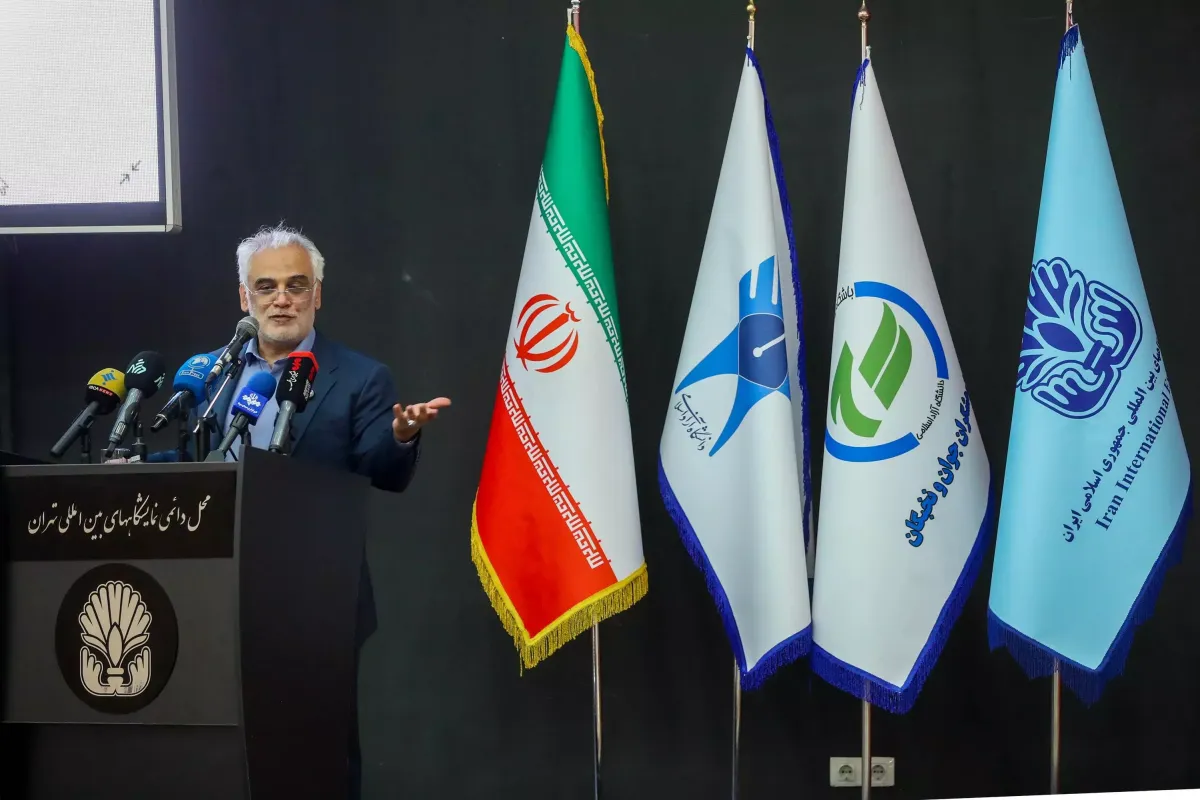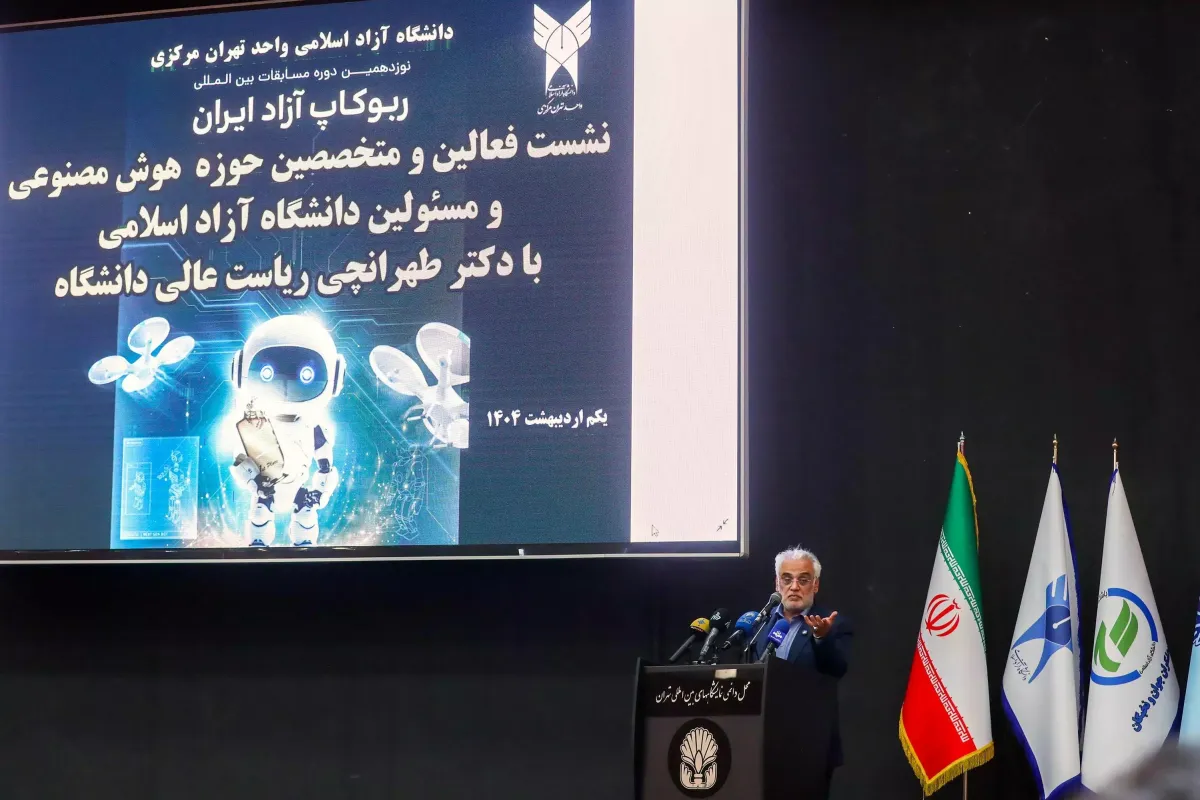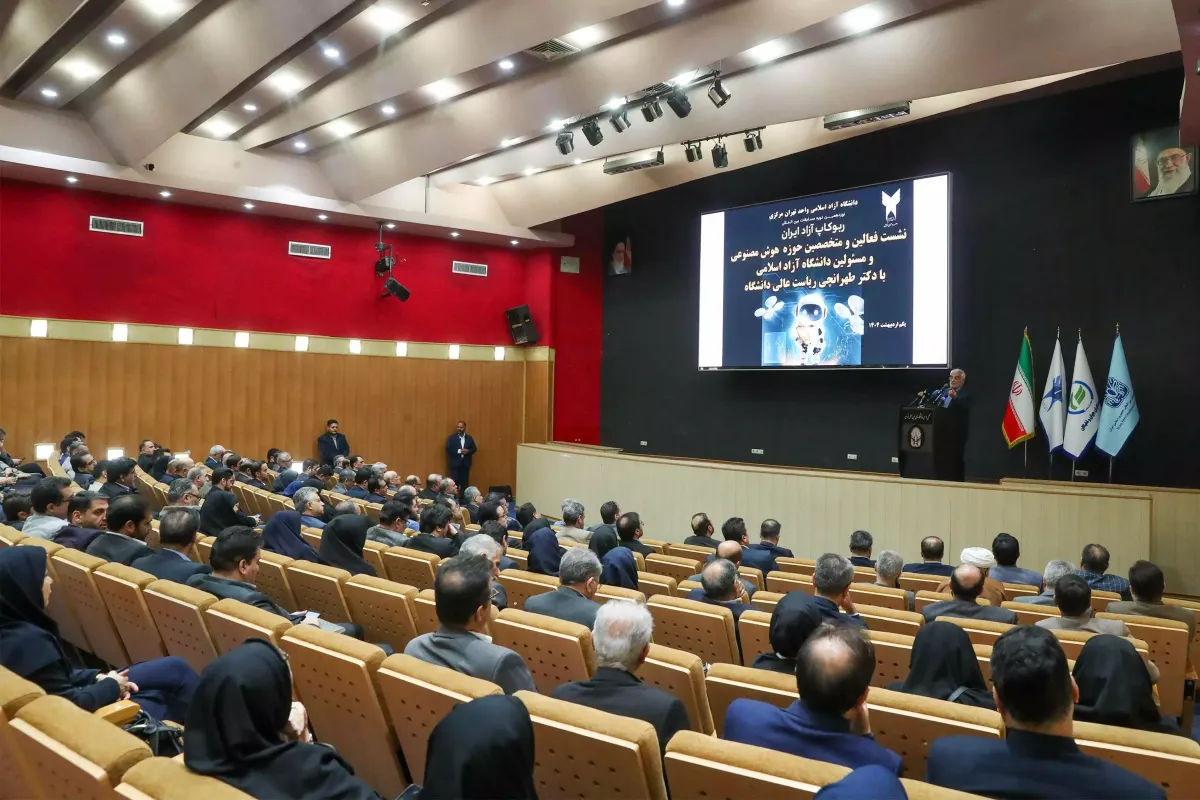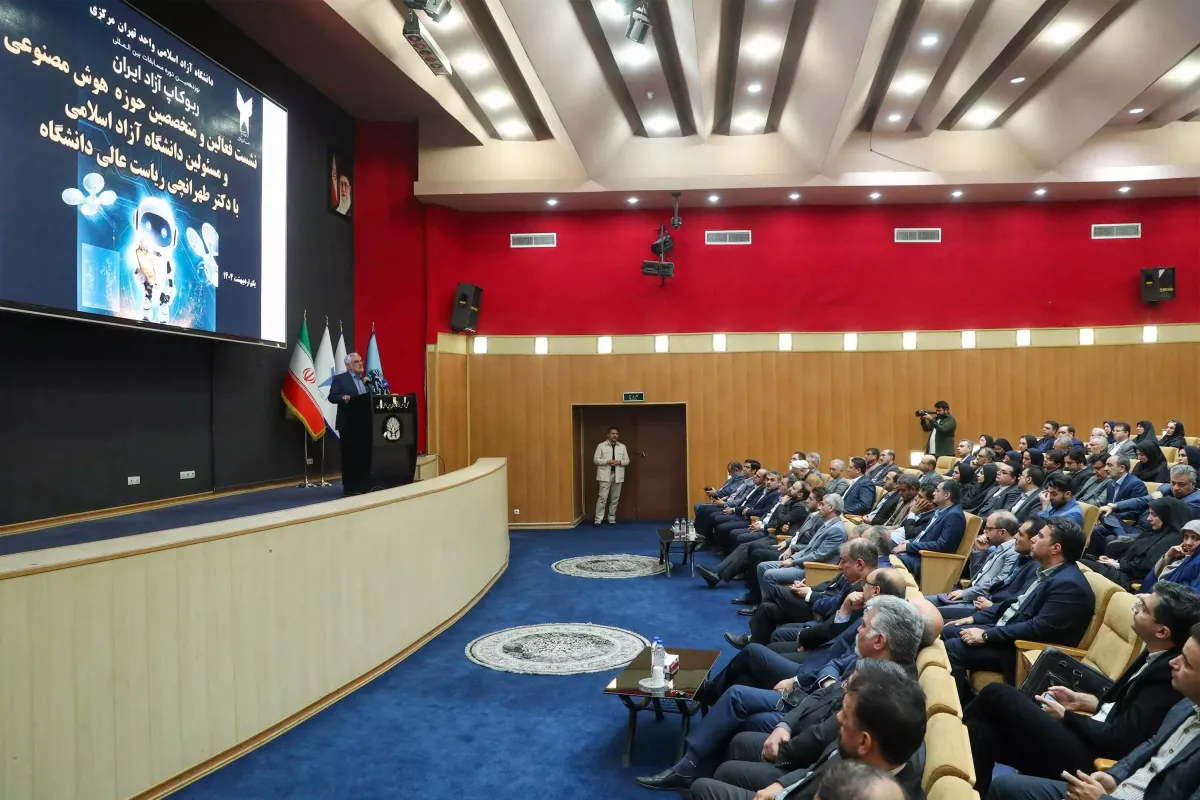RoboCup Competition: A Window into the Future of Artificial Intelligence and Robotics Technology

Exhibition News – On the sidelines of the 19th International RoboCup Iran Open Competition , a specialized meeting was held with the participation of prominent figures in the fields of artificial intelligence, robotics, and officials from Islamic Azad University. The event, which was designed to strengthen the convergence between research, industry, and education , provided an opportunity to examine the various dimensions of RoboCup competitions and their role in advancing future technologies.
As one of the leading global platforms in robotics and artificial intelligence, RoboCup annually hosts teams from around the world who compete to foster innovation and solve complex challenges in simulated environments. The main focus of these competitions is the development of autonomous robots and intelligent systems capable of interacting with dynamic and unpredictable environments.
In this session’s specialized session, Mohammad Mehdi Tehranchi , President of Islamic Azad University, emphasized the role of universities in the synergy of science and technology:
“RoboCup is not just a competition, but a living laboratory for testing the boundaries of knowledge in interdisciplinary fields. The achievements of these competitions will pave the way for solving real problems in areas such as relief, medicine, and industry.”
Sedif Beikzadeh , CEO of Iran International Exhibitions Joint Stock Company, also emphasized the importance of developing the technology ecosystem and added:
“Collaboration between scientific and industrial institutions in events like RoboCup not only leads to the commercialization of ideas, but also establishes Iran as a technology hub in the region.”
RoboCup Tournament Analysis Angles
1. Advanced technologies and technical challenges :
Competing in leagues such as “rescue robots,” “humanoid soccer,” and “home robots” requires the integration of the most advanced artificial intelligence algorithms, machine vision, and mechanical engineering. For example, in the soccer league, robots must make complex human-like decisions in a fully autonomous environment.
2. University-Industry Collaboration :
RoboCup side sessions, such as this specialized session, provide a platform for knowledge transfer between researchers and technology companies. The launch of joint laboratories and support for startups are among the expected achievements of these interactions.
3. Educating the next generation :
The participation of students and teenagers in RoboCup competitions helps to develop specialized human resources in new fields. Tehranchi mentioned in this regard:
“Practical training in the form of engineering competitions strengthens creativity and critical thinking in students.”
4. Technology-driven economy :
Given the forecast growth of the global robotics market to more than $200 billion by 2030, investing in such events will enhance Iran’s position in the global value chain.
5. Ethical and Social Challenges :
The rapid growth of AI and robotics raises questions about privacy, job security, and regulation. This meeting was an opportunity to explore indigenous solutions to these challenges.
Participants in the meeting emphasized the need to develop new leagues that are in line with the current needs of society, such as robots to combat natural disasters and smart agricultural systems. Also, planning for a stronger presence of Iranian teams in the RoboCup World Championship and attracting venture capital were among the priorities raised.
Conclusion
The 19th Iran Open RoboCup is more than just a scientific competition, it is a symbol of the convergence of national wills to conquer technological peaks. Transforming this event into a “sustainable ecosystem” requires continued collaboration between universities, industry, and the government so that Iran is not only a consumer, but also an influential player in the AI revolution.




